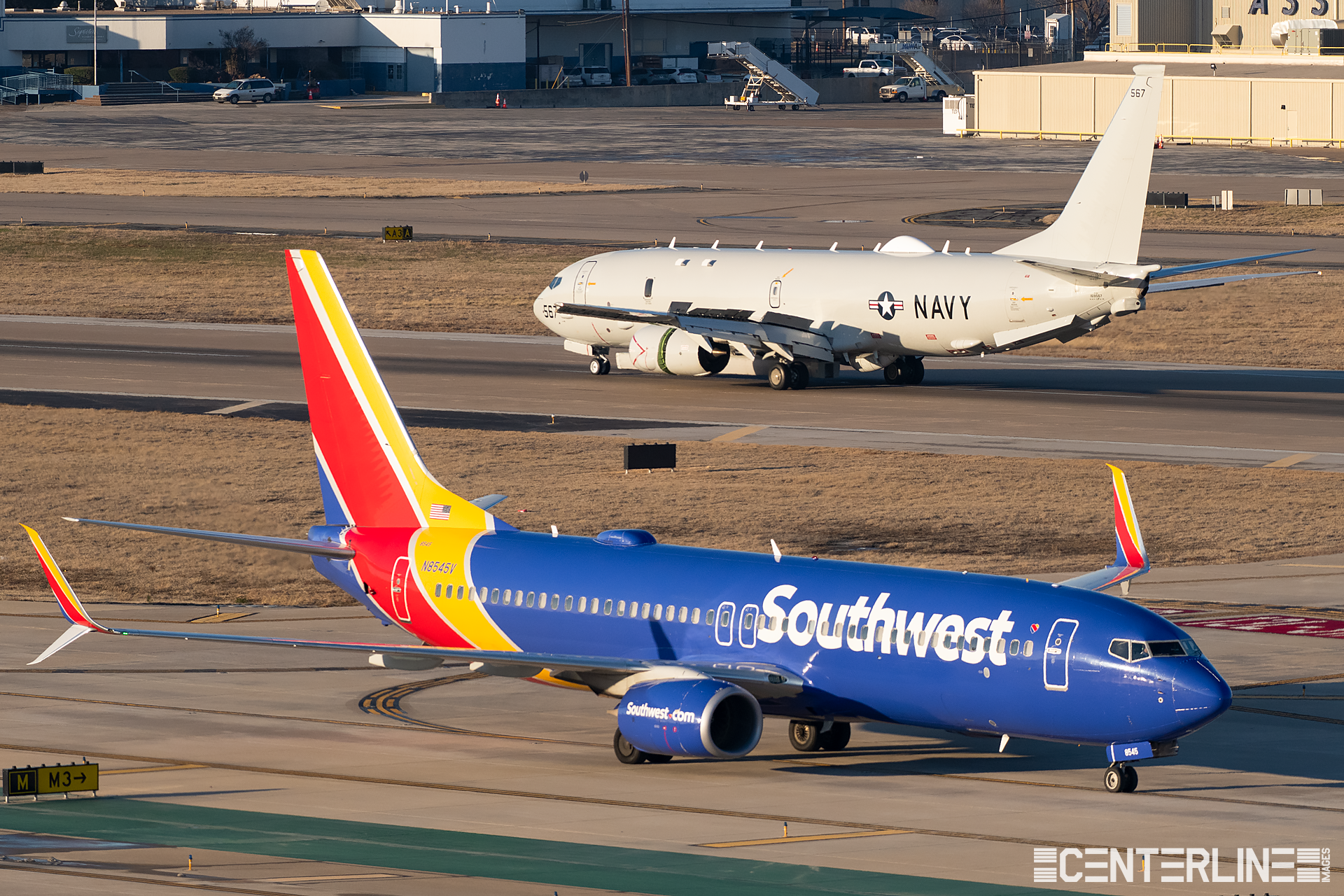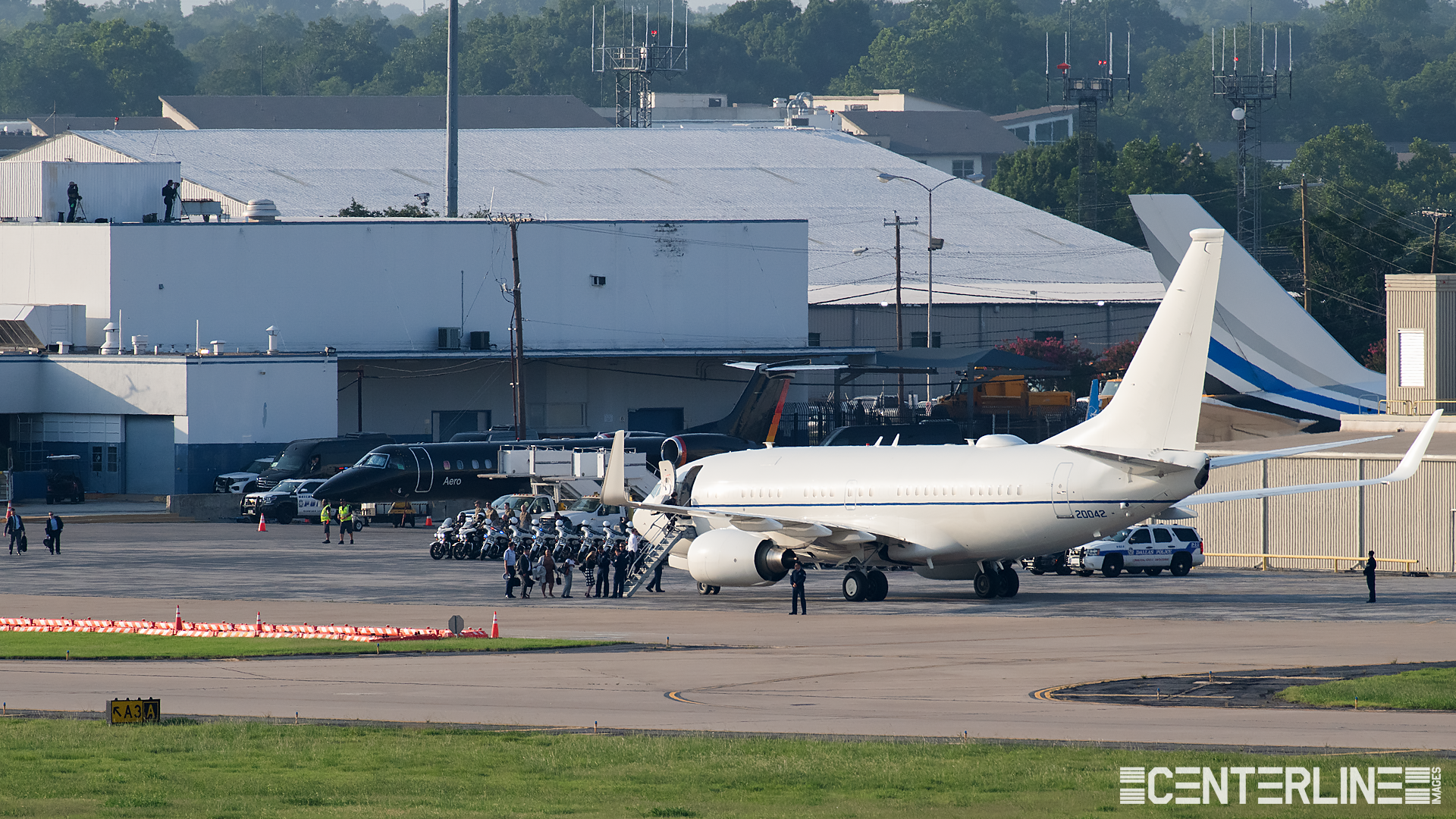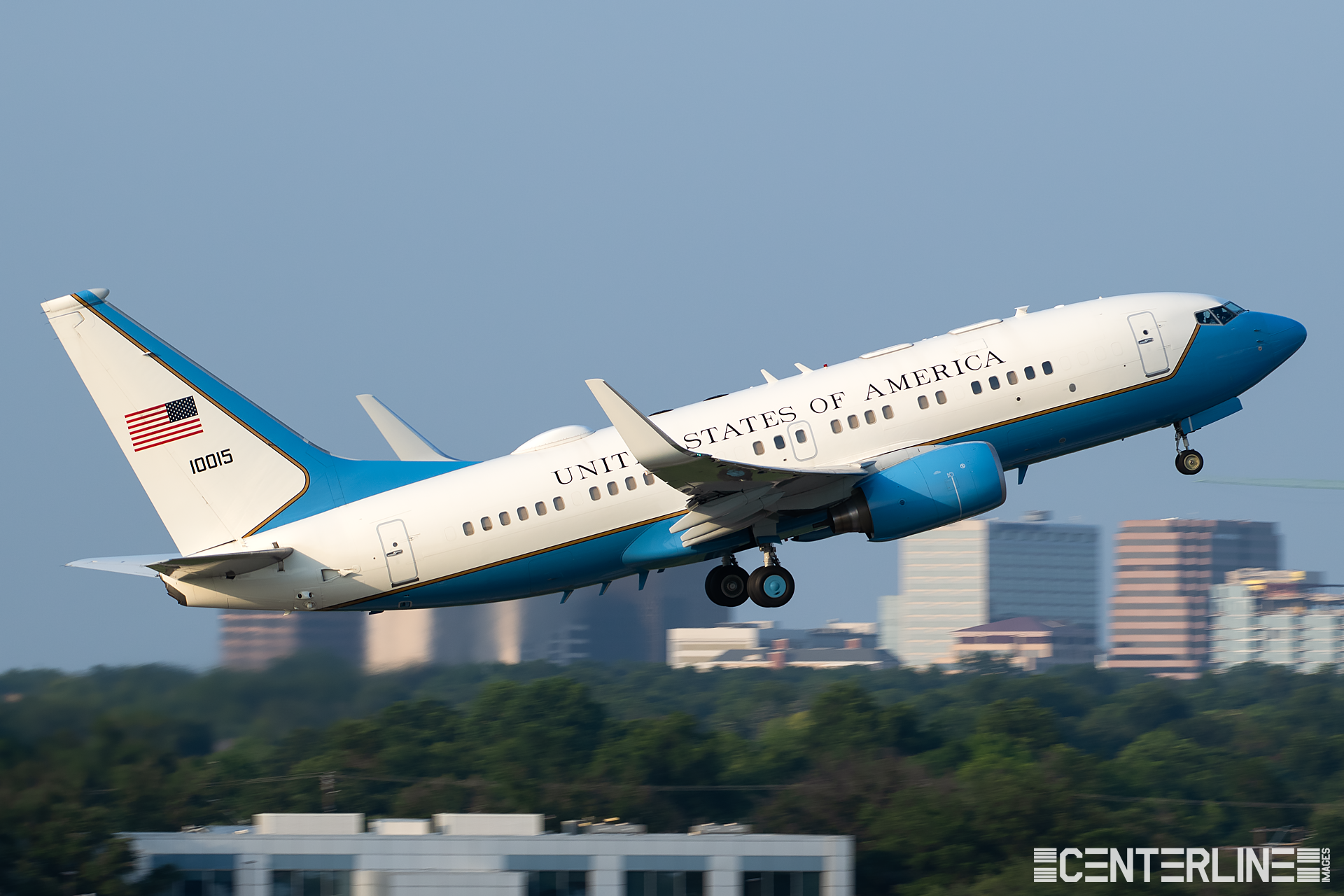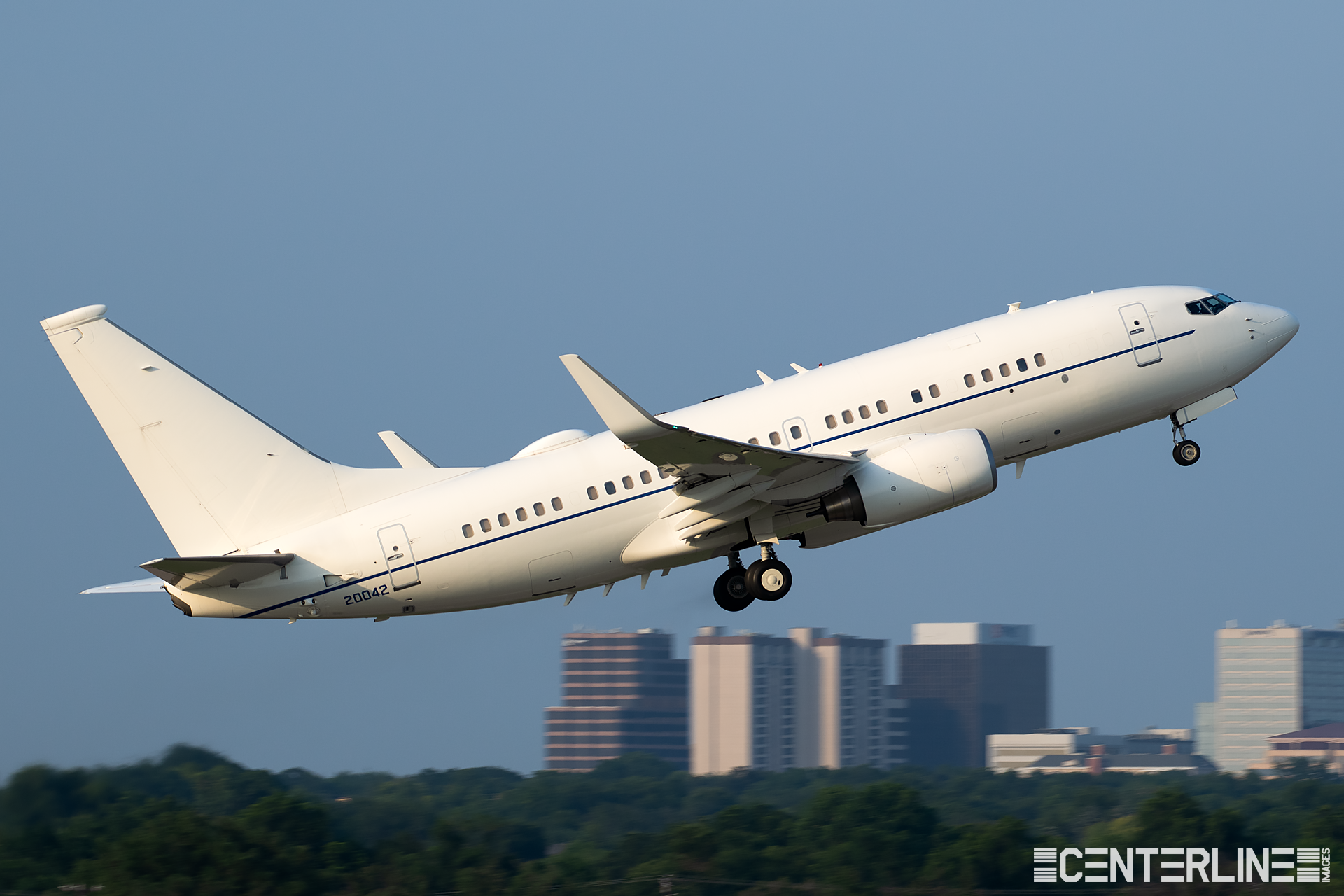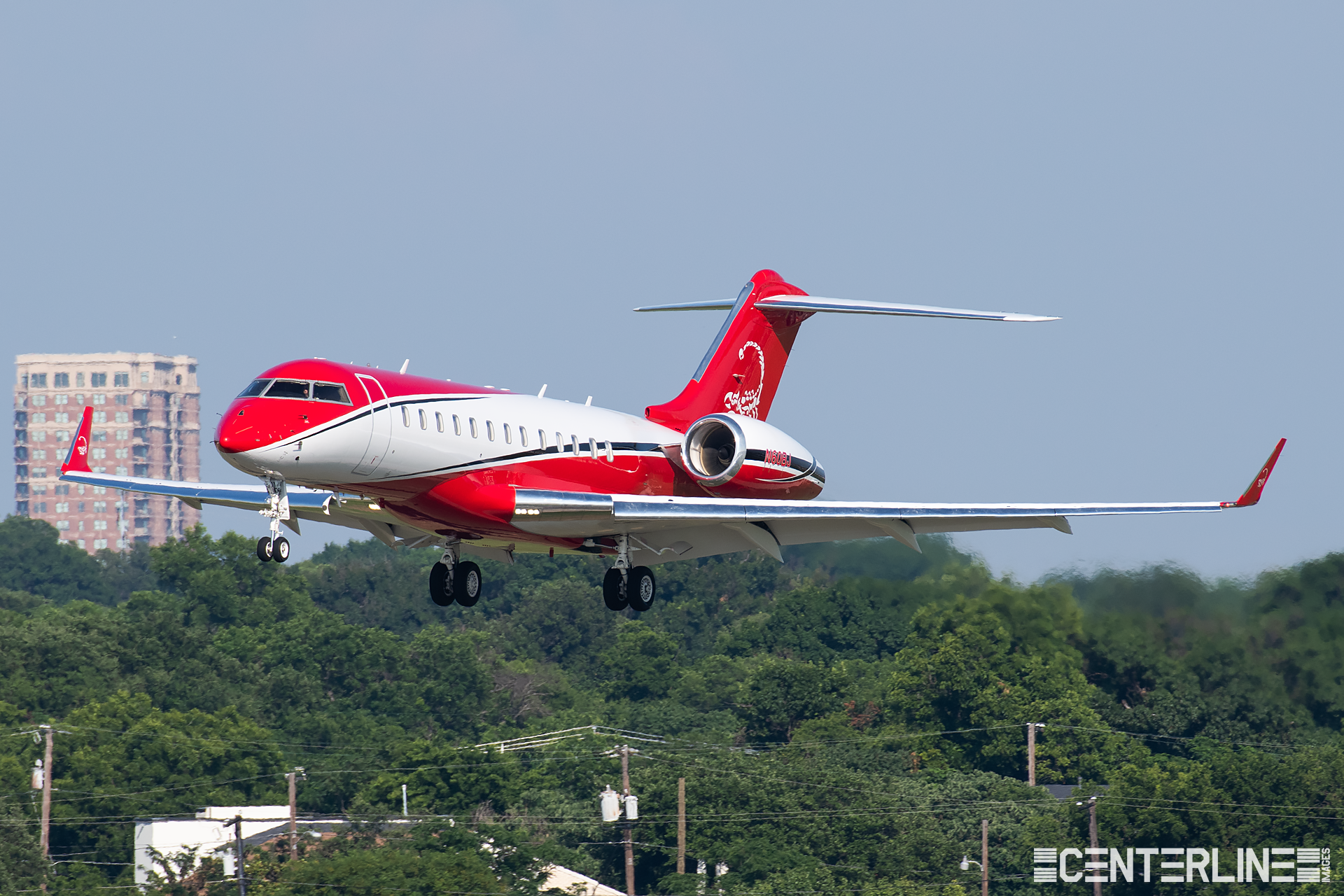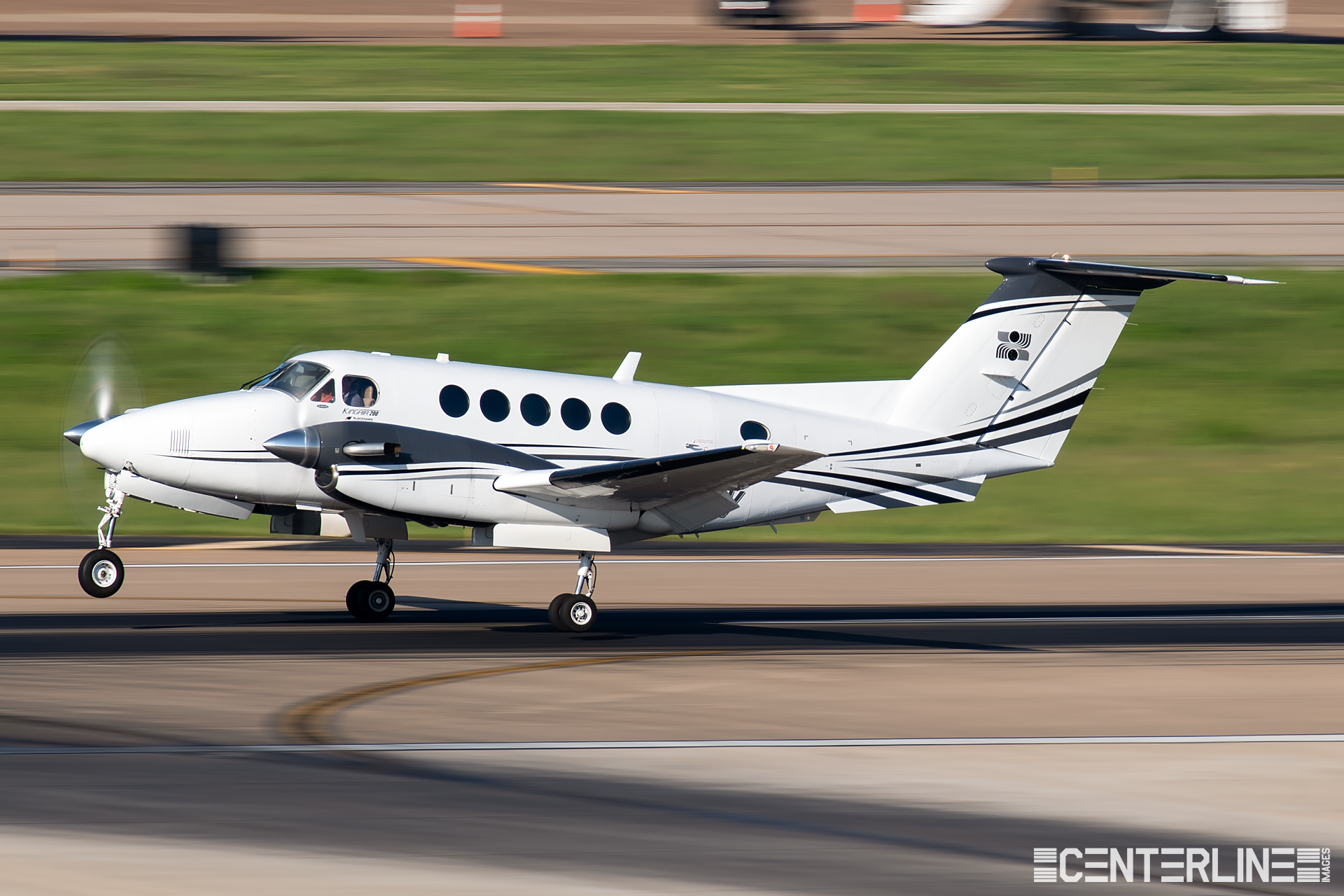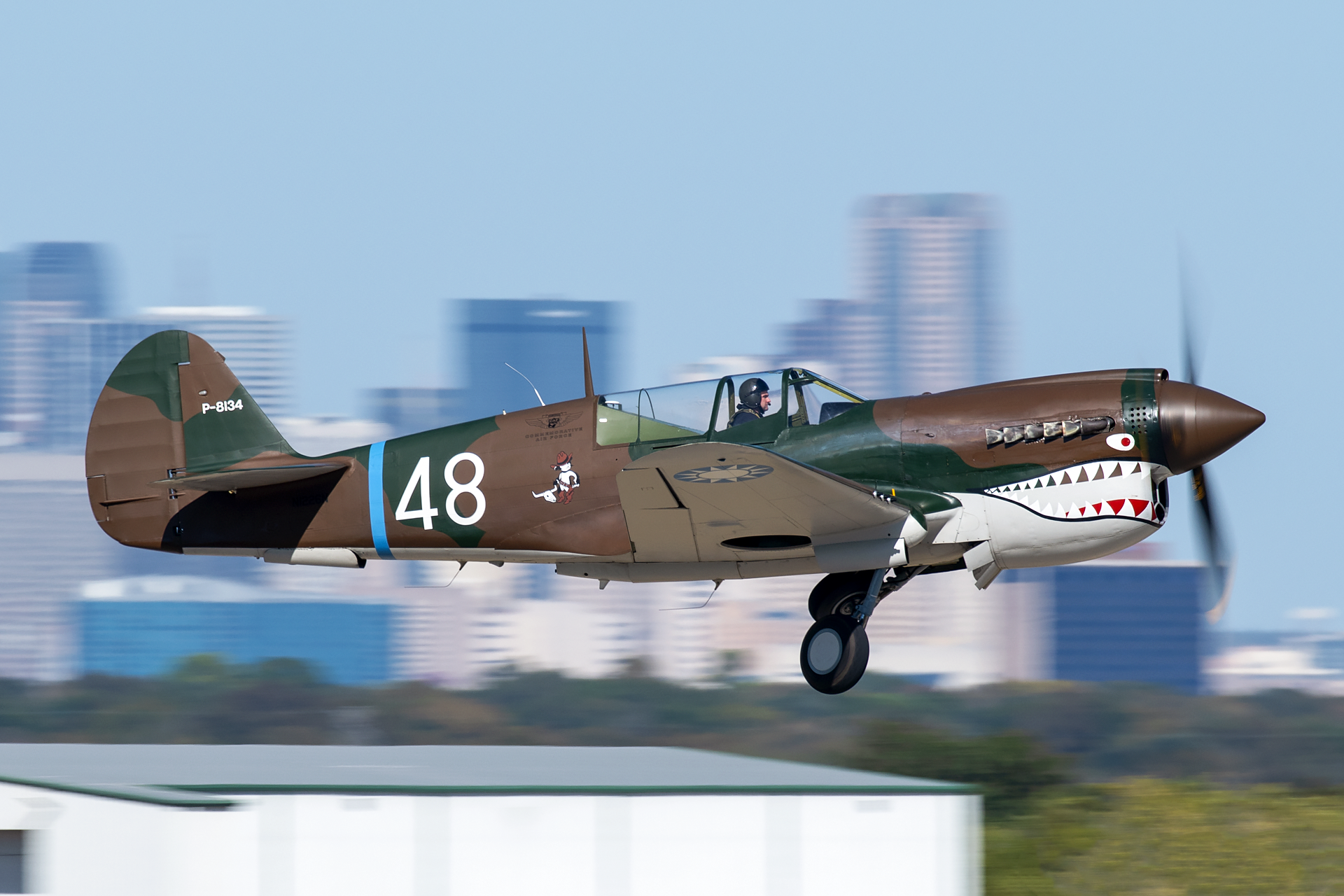
Curious on the backstory behind the photos? This is the place. You'll find not only write ups on local outings, but also reviews of major events I’ve attended.
A New Look For The Dallas Poseidon
An interesting group of mumps and bumps on this P-8A Poseidon seen landing at Dallas Love Field, including a new dorsal fairing near the tail! The aircraft is part of the classified BUPERS SDC Dallas test & evaluation unit.
"SHINR02" touching down on runway 31R at Dallas Love Field back in February after a training sortie over the Gulf of Mexico. This Poseidon is part of the secretive Dallas Love Field-based US Navy detachment BUPERS SDC Dallas/NAWC-23 and appears to have received a new dorsal fairing modification near the tail! The following information is all publicly accessible online.
The tight-lipped Dallas, Texas-based unit plays an important role in test and evaluation of advanced sensor technology such as Raytheon's AN/APS-154 Advanced Airborne Sensor (AAS), which can be seen in these photos slung underneath the aircraft. According to the US Navy, the huge pod was first flown on the P-8A Poseidon in 2015.
The AAS is a state-of-the-art radar used on the P-8 Poseidon maritime patrol aircraft. Developed by Raytheon, the AAS is an upgrade to the AN/APS-149 Littoral Surveillance Radar System (LSRS), which was designed to provide multi-function target detection and tracking as well as high-resolution ground mapping at standoff ranges covering land, littoral, and water areas.
The AAS boasts a double-sided AESA radar, offering near 360-degree coverage and the ability to simultaneously scan, map, track, and classify targets. Moreover, the radar contains a moving target indicator (MTI) that can detect, classify, and track targets on land and at sea at the same time. Synthetic aperture and inverse synthetic aperture radars generate clear, high-quality imagery of inland and ocean areas, allowing P-8 crews to profile vessels from long distances and in adverse weather conditions. The AAS can even detect the faint wakes left by submerged submarines on the surface of the ocean.
The AAS is a game changer for the U.S. military. Once a hostile vessel is identified, targeting information can be sent to another armed platform and a networked weapon can be guided to the target through a data link. As for the rest of bumps and and antennas, I could only speculate as to how they play a role, but I'll refrain.
Dallas Love Field (June 18/20 2023)
A very interesting compliment of visitors at Dallas Love Field!
I often see Dallas Love Field as the hidden gem of the Dallas/Fort Worth area when it comes to interesting visitors and the week of June 18th was no exception.
The obvious highlight this week was the Vice President of the United States' campaign visit to Dallas. With the visit came two US Air Force C-40Bs of the 89th Airlift Wing out of Joint Base Andrews. One of these airframes, inconspicuously painted white, used the callsign "SAM2A." Upon further investigation, this particular airframe used to be based out of Rammstein Air Force Base with the 86th Airlift Wing. In 2019, the USAF decided to consolidate all of their C-40Bs to Joint Base Andrews under the 89th Airlift Wing. These Air Force Special Air Mission C-40Bs boast visible modifications, making them one of the most unique and capable 737s in the skies today!
Aside from the military traffic, there were also two sports charters making their way out of Love Field. The Toronto Blue Jays flew a rather tired looking Air Canada A320 to Miami to take on the Marlins, while the Texas Rangers headed to Chicago onboard "Kraft 1" to play against the White Sox. For those confused about the Texas Rangers baseball team flying on a New England Patriots jet, this particular air frame is operated by Eastern Airlines and during the NFL off-season is often used for various other charter jobs such as this.. Clear as mud?
The rest of the album contains various other aircraft with some more commonly seen at Love Field than others.
Enjoy!








